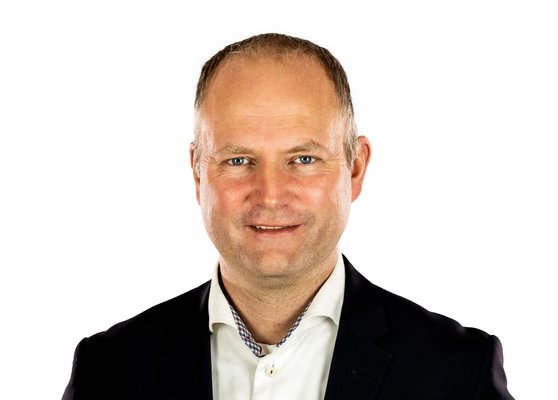Market update for March 2024
By Bertel Roslev Rasmussen
The belief in interest rate cuts was significantly reduced in February on the back of better-than-expected growth and inflation figures, which indicate that inflation in the US is not as easy to tackle as initially thought. Investors no longer expect interest rate cuts at the central banks' March meetings, but instead expect rate cuts to begin in Q2 at the earliest. Investors have also downgraded the number of expected rate cuts. Whereas at the beginning of the year they expected 6-7 rate cuts in 2024, the expectation is now only 3-4. As a result, market interest rates began to rise again, which put pressure on the prices of interest-sensitive bonds in February.
At the end of 2023, equities were sent soaring in anticipation of falling central bank rates in 2024. One would expect the opposite to happen now that rates have risen again. However, this is not the case. The stock market took off again in February in a euphoria over artificial intelligence and obesity medicine - decoupled from the interest rate hikes.
China has just held its annual People's Congress, where a growth target of 5% for 2024 was announced. The People's Congress is the most important political event of the year in China, where thousands of delegates from all over the country meet in the capital. The stock market was slightly disappointed following the growth announcement, and pessimism about the Chinese economy and the Chinese stock market in general has been high for some time. It had been hoped for a bazooka of stimuli as in previous "crises", but instead of stimulating the economy broadly, China wants to support Chinese private consumption to a greater extent. Chinese consumers have so far been cautious in the wake of Covid lockdowns, property market declines and high youth unemployment. We are now seeing signs of improved consumer confidence in consumption figures around Chinese New Year, and Chinese equities have also risen significantly during February and March.
On a macroeconomic level, economists are still scratching their heads about where the economy is heading. Macroeconomic signals continue to diverge to the east and west, and if you ask investors in surveys, they are also very doubtful. For example, in a Bank of America survey, there is a roughly equal split between investors who believe the economy is in early cycle (33%), mid cycle (35%) or late cycle (27%). If you put these answers into perspective with the economic development in the 1990s, investors are in doubt as to whether we are in the late 1990s and thus close to the stock market peak in 1999 (late cycle), or whether we are instead in the mid-1990s (early cycle) and thus have several good years ahead of us in the stock market.

Bertel Roslev Rasmussen
Head of Investments
+45 29 92 95 32
roslev@selectedadvice.dk


